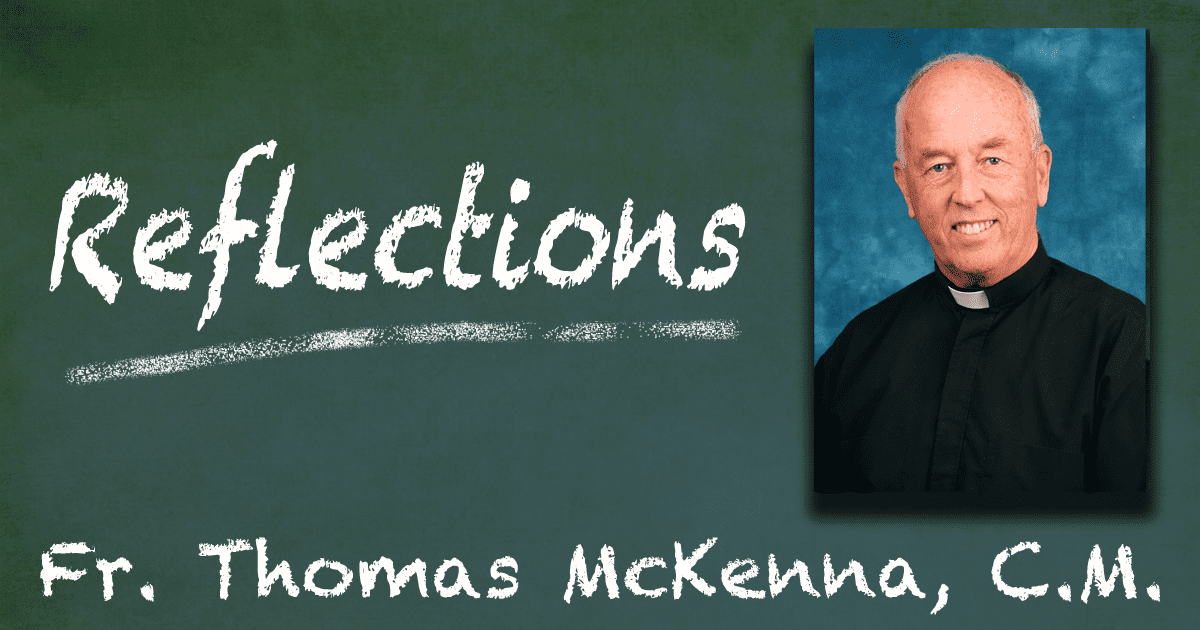Recently I’ve been paying attention to strategies people use to get their message across on the internet. My bias is toward words, some snappy phrase short enough to keep the attention span but vocally memorable, e.g. “Aflack” “Liberty Mutual.” However, I’m told it’s more effective when done through some graphic action, a quick visual that vividly conveys the heart of the message, for example an infant’s eyes glancing up at its mother. Commentary may follow, but it rests on the action.
If we could video a scene catching the heart of Jesus’ message, we wouldn’t go far wrong recording something that happens during the final supper with his disciples. Amid the eating and conversing around that table, Jesus suddenly stands up and takes off his cloak. Moving to the middle of the room, he wraps a large towel around his waist, kneels in front of a chair, and begins to pour water into a basin. Everyone is confused until he turns and asks them to take off their sandals and come sit in that chair. He proceeds to wash their feet, pouring the water over their toes and insteps and drying them off one by one. No one speaks, so taken back are they at their Master’s lowering himself to do this dirty job of a hired servant. It’s too much for Peter who refuses because he can’t fit himself into so drastic a role reversal. Jesus stops him short, threatening to cut him off if he doesn’t sit in the chair.
This is the ten-minute video clip the early Church might have put out to get across “the heart of the message.” It’s a graphic of the Master acting out what he knows to be his fundamental purpose – loving humble service of the neighbor, bending low and caressing feet to honor the inner worth of each.
In a 1630 letter to St. Louise, Vincent touches on something similar. “One beautiful diamond is worth more than a mountain of stones, and one virtuous act of acquiescence and submission is better than an abundance of good works done for others.” (Vol 1, p 75)
In St. John’s account of this Supper, we don’t hear Jesus speaking the familiar Eucharistic words, “this is my Body and Blood given over and poured out for you.” Rather his gesture of bending down to wash another’s feet acts out the import of those words and provides a visual of their deepest meaning – love of the other, taking flesh in concrete deeds even of the lowliest kind.
Returning to media messages, the art of producing an effective one consists in creating that stunning image, that vivid and arresting picture which engraves itself on the audience’s imagination and remains as a core reference point. For centuries this visual of Jesus, the Master, bending low and scrubbing the dirt off his disciples’ feet has conveyed the kernel of who he is, what he’s about, and what he asks of his followers. And to underscore the lesson, Jesus comments, “I’ve given you a picture, a model of what I and my heavenly Father are about – loving service of one another. As I have done for you, so you should also do for each other.”
Visualizing ourselves in that room and letting ourselves be taken along by its movement, we too will be closing in on the heart of the message — a life given over and poured out in love for each one of us, and a follow-up command to go and do likewise.








This beautiful reflection is another picture of that service. Thank you.
Thanks,Maryann. Hope all is well with you. A blessed Easter…
Tom )
Thank you very much for putting into a “video” the essence of who we are as Christ’s presence in this world especially at this time